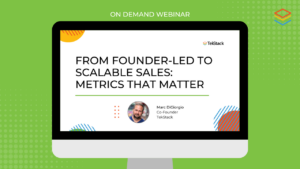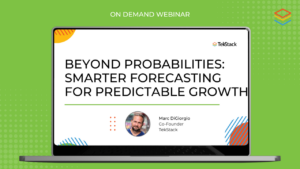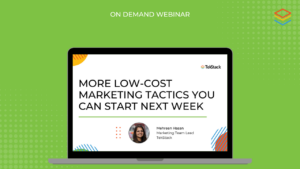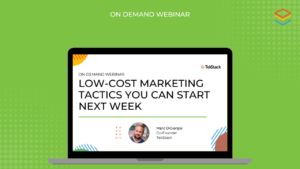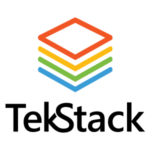
It’s Event Season. Your booth is picked, logistics are set. Now it’s time to maximize on your presence. You’ve spent a lot of time and money on this event, here are a few tips to getting the most out of it:
Pre-Event Promotion & Planning
T minus 30: time to start promoting your participation. Here are some things you could get started with:
- Promote your participation on all social channels like LinkedIn. Utilize the company page and personal accounts of those attending.
- Set up a new booking calendar page with tools like Calendly or Microsoft Bookings (included in Microsoft365). Provide options like ‘Schedule demo’ or ‘Book a Consult’. Create a QR code for the booking page that can be used for booth side traffic.
- Create an event landing page on your website. Include a booking link, but also a visitor contact registration form so that contacts can provide their details booth side and go directly into your CRM.
- Add the event information to everyone’s email signature.
- Announce something. A new feature, new customer. Create a little bit of buzz around the event. Distribute on a low cost web wire service.
- Send a marketing email to all contacts that are likely to attend. It’s okay to overshoot on this one. It could be a list of association members, prospects/customers in the area, etc. Call to action, “let’s setup some time to meet”, or “come by booth 123”.
- Have sellers send a short sequence to their contacts, even if they are not attending.
- Set goals! # of new opportunities, # of new contacts, assign someone to competitor insights. Whatever your goals are, document them for your post mortem review. Gamify goals as a team.
- Set a booth schedule. No one wants to be on their feet all day. Maximum presence during exhibit hours, but otherwise reduce booth duty to one person at a time. Use attendee time to scope out competitors, go to sessions, meet customers or prospects.
- Internal team meeting. Get everyone on page. Agree on a penetrating question to start conversations. Agree on a 7 word description of what you do. Agree that no one should ever be sitting or working at the booth.
- Create a Campaign and Event record in CRM. Track your campaign costs, and relate campaign responses and event participants to these new records. This will track your attribution for later.
It’s Go Time!
Here comes the easy part:
- Attend all social events, encourage at least one representative to attend each session and report back on what was covered. Turn that rich content into blogs that offer your company’s perspective on the problem at hand. This will give you content for months.
- Post Post Post! Hit all the social channels you are on with happy pics, session pics – everything you’ve got.
- Setup a QR code: Visitors can scan the code with their own phones. They can drop their email and name into a form right from there. As well as access any valuable content. You could put that content behind a form wall.
- Setup a contact logging form for sellers. Same idea, simplified form so they can add contacts to CRM instantly. Those new contacts will get created and have a campaign response automatically created.
Post Event
Here comes the most important part:
- Assign all inputted contacts to a seller.
- Send contacts to a marketing email.
- Assigned contacts should be added to a follow-up sequence with an email, auto reply email, LinkedIn touch, and phone call.
- Track activity and engagement one week later. Make sure follow-ups were done.
- Make sure all contacts have a campaign response and event participation to their record. This will help with attribution later.
- Schedule a post mortem the very next day.
This last step is pretty critical as it will answer the inevitable question: “Was it worth it?” Ideally you find new opportunities at the event, but in addition you want to track other benefits of events such as:
- How many new contacts did you meet?
- How many customers did you meet?
- Any new opportunities created? Were they attributed to the event?
- How many impressions did you create with your pre-event marketing?
- What industry insights did you glean?
- What did you learn about competitors?
- What would you do differently next year?
Answer the question, “Would you do it again next year?”. Sometimes that impulse decision is the right one. Document the answer for next year’s sober look.
Conclusion
Today, decision makers are running for cover, trying to avoid all prospecting attempts. Live events represent one of the last ways to form authentic connections. For B2B software companies, not every marketing action has a linear and related path to opportunity creation. It’s important to build brand awareness and educate potential buyers. If planned right, events are a great way to do this.



